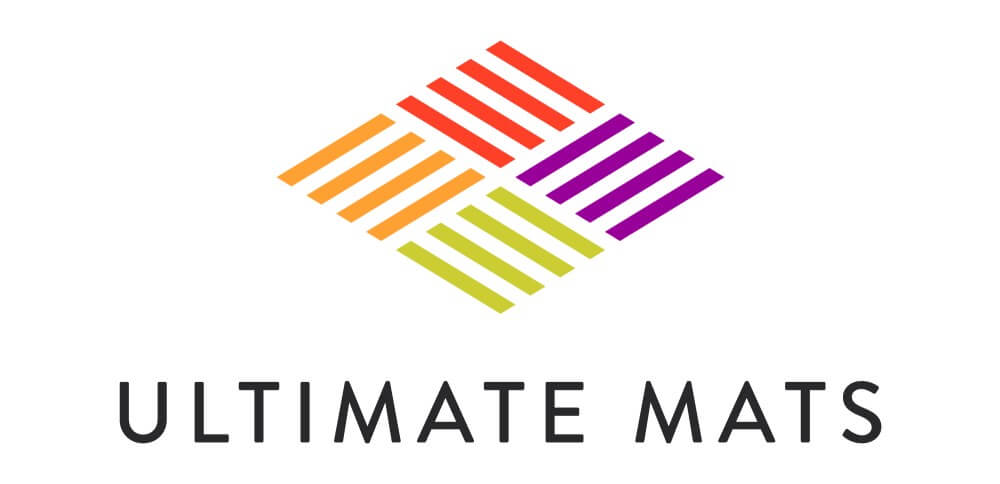
What makes an effective logo?
Logos are more than just graphic designs; they are the face of a company. They encapsulate a brand’s identity and are crucial in making a first impression. Understanding the components that contribute to an effective logo is essential for any business aiming to stand out in a crowded market.
In this article, you will learn:
- How colors, shapes, and fonts psychologically affect consumer perception.
- Key traits of effective logos: simplicity, relevance, and versatility.
- Common pitfalls in logo design and strategies to avoid them.
As we delve deeper into the elements that forge a powerful logo, you’ll gain insights into crafting a visual identity that not only resonates with your audience but also strengthens your brand’s market presence.
The Psychology of Logo Design
Logos do much more than just visually represent a company; they can evoke emotions, convey messages, and influence decisions through their design elements. Understanding the psychological impact of colors, shapes, and fonts in logo design is crucial for creating a logo that aligns with a brand’s identity and appeals to its target audience.
Colors play a pivotal role in perception. For instance, blue often instills a sense of trust and stability, making it a popular choice for financial institutions, while green is associated with health and sustainability, commonly used by organic and eco-friendly brands. Each color triggers specific feelings and associations in the viewer, which can significantly influence consumer behavior.
Shapes also have their own psychological implications. Circular shapes like circles and ovals can convey a sense of unity and community, which is why they are often used in logos that aim to evoke feelings of belonging and inclusion. On the other hand, angular shapes, such as squares and triangles, are perceived as strong and efficient, making them suitable for businesses that want to project stability and professionalism.
Fonts are equally influential. The choice of typeface can dramatically affect how a message is received. A logo with a bold, sturdy font might project strength and reliability, whereas a logo with a hand-drawn, whimsical font could convey creativity and approachability.
Integrating these elements effectively can create a powerful psychological impact on consumers, making the logo a critical component in brand strategy. By choosing colors, shapes, and fonts that align with the brand’s values and audience expectations, companies can craft logos that not only grab attention but also create lasting impressions.
Key Elements of Effective Logos
An effective logo is not just about good looks; it encapsulates the essence of a brand and communicates it effortlessly. To achieve this, a logo must incorporate three key elements: simplicity, relevance, and versatility.
Simplicity is the cornerstone of memorable logos. A simple design is easy to recognize and quick to process, which is vital in today’s fast-paced consumer environment. Consider Apple’s iconic logo; its clean and uncluttered design makes it one of the most recognizable logos worldwide. Simplicity ensures that a logo can be easily remembered and replicated across various media.
Relevance ensures that the logo aligns with the brand’s identity and resonates with its target audience. It should tell a story that relates to the company’s values or mission. For example, the Amazon logo not only shows a smile but also points from A to Z, subtly suggesting that they sell everything from A to Z. This relevance makes the logo more meaningful and effective in connecting with consumers.
Versatility is crucial for modern logos as they need to function well across different platforms and scales. A versatile logo looks equally good on a smartphone screen, a billboard, or a product tag. This requires careful consideration of design details and color schemes to ensure that the logo maintains its integrity in various applications.
By integrating simplicity, relevance, and versatility, logos become timeless symbols that can adapt to changing market conditions and continue to appeal to audiences over time.
Common Mistakes in Logo Design
While crafting a logo that captures a brand’s essence is crucial, it’s equally important to avoid common pitfalls that can undermine its effectiveness. Here are some typical mistakes in logo design and strategies to avoid them:
Overcomplicating the Design: A complex logo can be difficult to remember and often fails to communicate the brand’s message clearly. It’s essential to avoid using too many colors, fonts, or intricate details that clutter the design. Simplifying the logo to only the most necessary elements can enhance its impact and memorability.
Following Trends Blindly: While it’s important to stay current, relying too heavily on design trends can make your logo look dated once the trends pass. Logos should be timeless rather than merely trendy. Focusing on the brand’s core values and audience preferences can help create a logo that remains relevant over time.
Neglecting Versatility: A logo must work well in various formats and sizes, from tiny app icons to large billboards. Neglecting this can result in a logo that loses clarity or impact when scaled down or up. Testing the logo in multiple contexts during the design process can ensure it maintains effectiveness regardless of its use.
Ignoring the Target Audience: A logo should resonate with the brand’s target audience. A common mistake is designing a logo based on personal preference rather than considering what appeals to the audience. Conducting market research and gathering feedback during the design process can help align the logo more closely with audience expectations.
Conclusion
Designing an effective logo is an art that combines creativity, strategic thinking, and a deep understanding of branding principles.
Throughout this article, we explored the psychological impact of colors, shapes, and fonts, the crucial elements of logos’ simplicity, relevance, and versatility, and common pitfalls to avoid in logo design.
Each of these aspects plays a vital role in crafting a logo that captures attention and embodies a brand’s essence.
Thanks for reading.
David Chapman. Founder of Ultimate Mats
